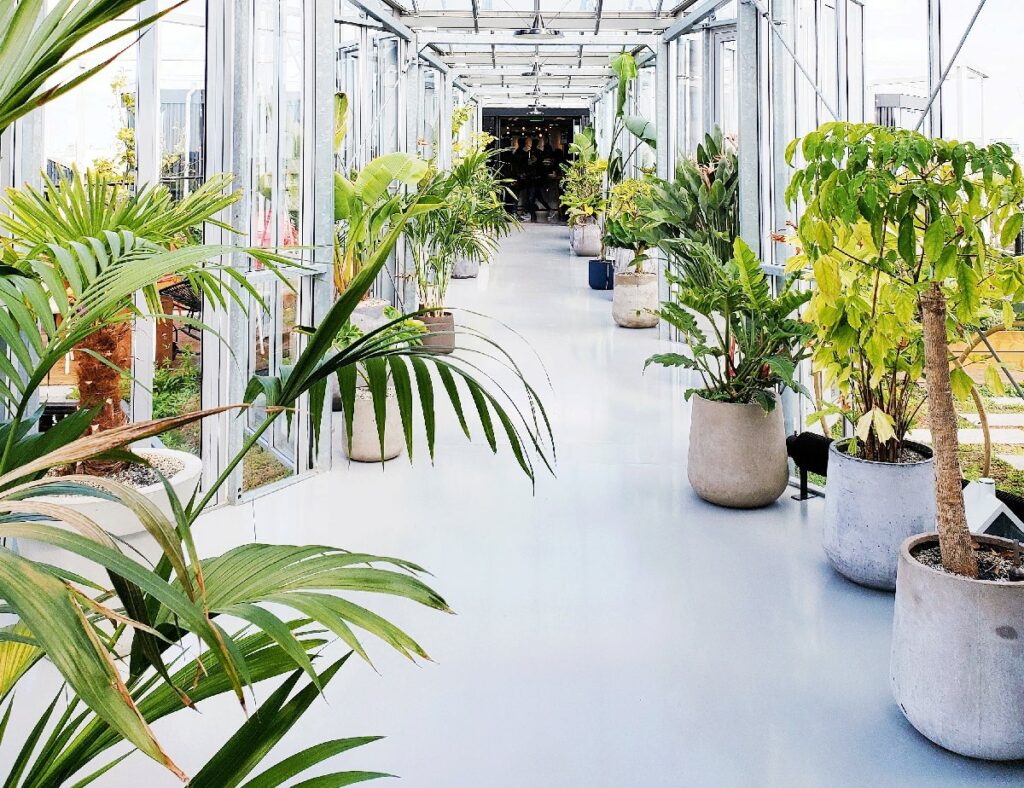As the frigid winter season draws to a close, it’s high time to ask how to prep houseplants for Spring and Summer. This is a crucial step in ensuring that your plants not only survive but also thrive during the warmer seasons. The preparation of your houseplants for the upcoming spring and summer months entails a few key steps, including repotting, pruning, and fertilizing. By dedicating the necessary time and effort to properly prepare your plants, you can help them acclimate to the ever-changing weather conditions and provide them with the optimal environment to grow and flourish. In this article, we’ll dive into the significance of prepping your houseplants for spring and summer and furnish you with some valuable tips to kickstart the process.
Assessing Your Houseplants: What to Look for Before Prepping
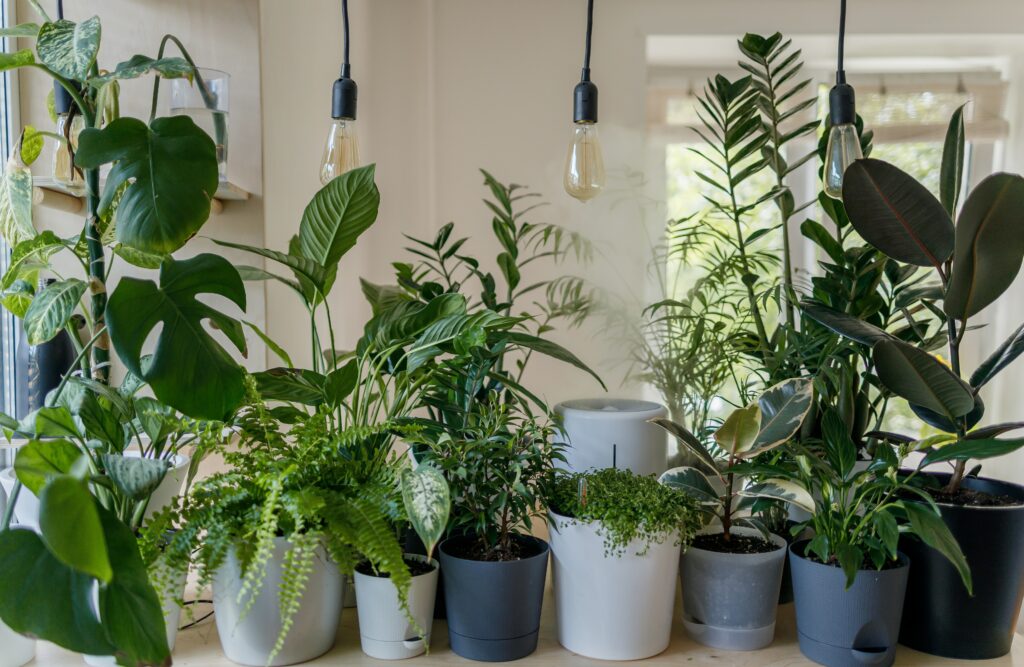
Before you embark on the task of prepping your houseplants for the upcoming spring and summer season, it is imperative that you assess their current condition. This will enable you to determine the necessary steps to take to ensure that they flourish during the warmer months.
Here are some things to look out for when assessing your houseplants:
1. Check for pests
It is crucial to inspect your plants for any signs of pests such as spider mites, mealybugs, or scale insects. These pests can cause significant damage to your plants and spread rapidly, so it is imperative to address them before they become a bigger problem.
2. Check for diseases
Keep an eye out for any signs of disease such as yellowing leaves, brown spots, or wilting. If you notice any of these symptoms, it is important to identify the cause and take action to prevent the disease from spreading.
3. Check the soil
It is essential to check the soil moisture level and ensure that it is not too dry or too wet. Overwatering can lead to root rot, while underwatering can cause the plant to wilt and die.
4. Check the pot size
Ensure that your plant is in the right size pot. If the pot is too small, the plant may become root-bound and struggle to grow. Conversely, if the pot is too large, it can hold too much moisture and lead to overwatering.
5. Check the light
Evaluate the amount of light your plant is receiving. Some plants require more light than others, so it is crucial to ensure that your plant is getting the right amount of light for its specific needs.
By assessing your houseplants before prepping them for the spring and summer season, you can guarantee that they are healthy and ready to thrive in the warmer months ahead. Looking at how to prep houseplants for Spring and Summer now will ensure your plants maximize their growing season.
Cleaning Your Houseplants: Tips and Tricks for a Fresh Start

Spring cleaning isn’t just for your home! As the weather begins to warm up and the days stretch out longer, it’s time to start thinking about prepping your houseplants for the upcoming spring and summer seasons. One of the most crucial steps in this process is cleaning your plants to remove any dust, dirt, or pests that may have accumulated over the winter months. Here are some tips and tricks for giving your houseplants a fresh start:
1. Dust your plants regularly
Dust can accumulate on the leaves of your plants, blocking sunlight and hindering their ability to photosynthesize. Use a soft, damp cloth or a feather duster to gently wipe down the leaves of your plants every few weeks. This will help to ensure that your plants are receiving the necessary amount of sunlight to thrive.
2. Give your plants a shower
For plants with larger leaves or those that are particularly dusty, a shower can be a great way to give them a thorough cleaning. Place your plant in the shower and use a gentle stream of lukewarm water to rinse off the leaves. Be sure to avoid getting water on the soil, as this can lead to overwatering. This method is especially useful for plants that have been neglected for a while and require a more intense cleaning.
3. Use insecticidal soap
If you notice any pests on your plants, such as spider mites or mealybugs, insecticidal soap can be an effective way to get rid of them. Follow the instructions on the label carefully, and be sure to test the soap on a small area of the plant first to make sure it won’t cause any damage. This method is particularly useful for plants that have been infested with pests and require a more aggressive approach.
4. Trim away dead or damaged leaves
As you clean your plants, take the opportunity to trim away any dead or damaged leaves. This will not only improve the appearance of your plant, but it will also help it to focus its energy on healthy growth. This method is especially useful for plants that have been neglected for a while and require a more intensive pruning.
By taking the time to clean your houseplants, you’ll know how to prep houseplants for Spring and Summer to give them a fresh start for the growing season ahead. With a little bit of care and attention, your plants will thrive and bring beauty and life to your home. So, don’t hesitate to give your plants the attention they deserve and watch them flourish!
Repotting Your Houseplants: When and How to Do It
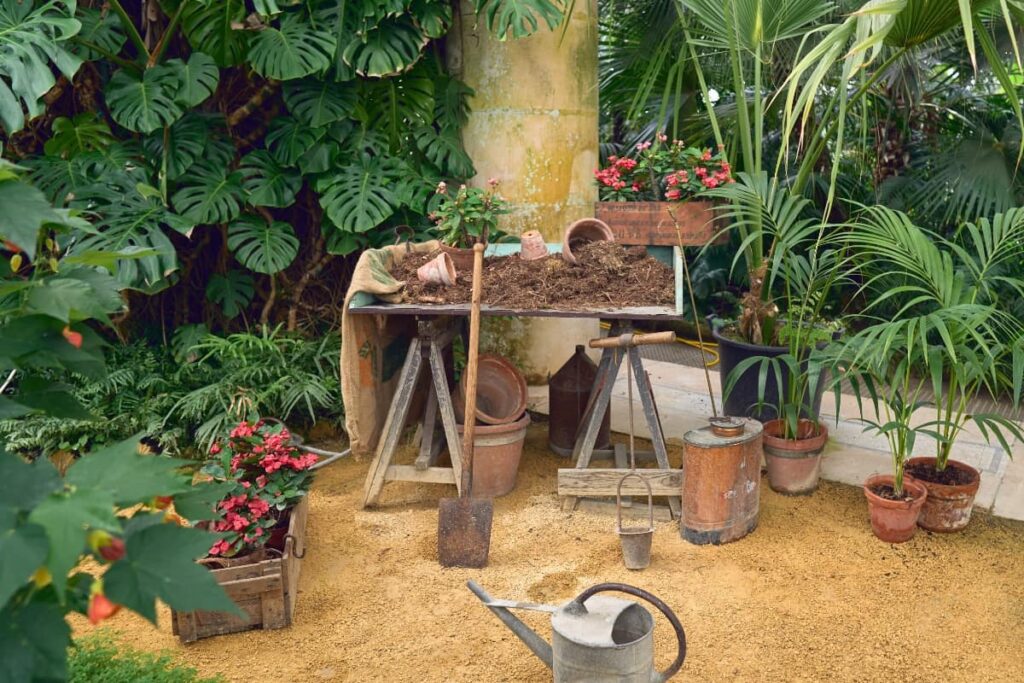
Repotting your houseplants is a crucial step in getting them ready for the upcoming spring and summer seasons. It’s a process that involves giving your plants more room to grow, access to fresh soil, and better drainage. Knowing just how to prep houseplants for Spring and Summer from a potting perspective will hopefully allow your plant to grow dramatically during the warmer months.
But when and how should you repot your houseplants? Here are some tips to help you out.
When to Repot Your Houseplants
The best time to repot your houseplants is during the spring and summer months when they are actively growing. However, there are some signs that you should look out for that may indicate it’s time to repot your plants. For instance, if you notice that the plant is root-bound, meaning the roots have outgrown the current pot and are starting to grow out of the drainage holes, it’s time to repot. Similarly, if the soil is compacted and doesn’t drain well, or if the plant is top-heavy and falls over easily, it’s time to repot. Additionally, if the plant is not growing as well as it used to, it may be time to repot.
How to Repot Your Houseplants
Repotting your houseplants involves several steps that you need to follow carefully. First, you need to choose the right pot. It should be one size larger than the current pot and have drainage holes to allow excess water to escape. Next, you need to prepare the soil. Use a high-quality potting mix that is appropriate for your plant’s needs. You can also add perlite or sand to improve drainage.
Once you have the right pot and soil, it’s time to remove the plant from its current pot. This should be done gently, and if the plant is root-bound, you may need to loosen the roots with your fingers or a tool. If the roots are circling around the root ball, trim them back to encourage new growth. Then, place a layer of soil in the bottom of the new pot, followed by the plant, and add soil around the sides, making sure to fill in any gaps. Water the plant thoroughly to help settle the soil and remove any air pockets. Finally, place the plant in a bright location but avoid direct sunlight for a few days to allow the plant to adjust to its new environment.
Repotting your houseplants is an important step in ensuring that they have the space and nutrients they need to thrive. By following these tips, you can repot your plants with knowing how to prep houseplants for Spring and Summer will allow them plenty of new space to grow.
Fertilizing Your Houseplants: What You Need to Know
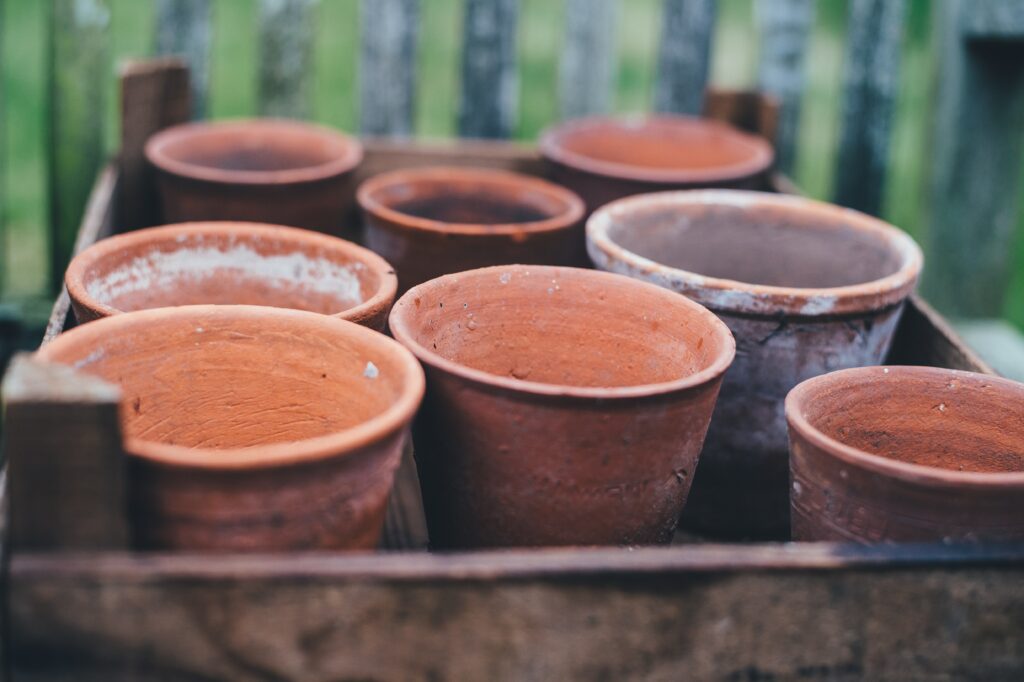
As the temperature starts to rise and your houseplants awaken from their winter slumber, it’s crucial to provide them with the necessary nutrients to flourish. Fertilizing your houseplants is a vital step in preparing them for the upcoming spring and summer seasons.
To fertilize your houseplants effectively, you need to keep the following points in mind:
1. Opt for the right fertilizer
With a plethora of fertilizers available, it’s essential to choose the one that suits your plants. Look for a fertilizer that is specifically designed for houseplants and contains the necessary nutrients like nitrogen, phosphorus, and potassium.
2. Adhere to the instructions
When it comes to fertilizing your houseplants, it’s imperative to follow the instructions mentioned on the package. Over-fertilizing can be as detrimental as under-fertilizing, so ensure that you measure the correct amount and apply it as per the instructions.
3. Avoid fertilizing newly potted plants
If you’ve recently repotted your houseplants, it’s best to wait for a few weeks before fertilizing them. This will allow them to acclimate to their new surroundings and reduce the risk of fertilizer burn.
4. Regular fertilization is key
To keep your houseplants healthy and thriving, it’s crucial to fertilize them regularly. During the growing season (spring and summer), most houseplants require fertilization every 2-4 weeks, while during the winter months, it should be less frequent.
5. Organic options are worth considering
If you’re looking for a more natural approach to fertilizing your houseplants, consider using organic options like compost or worm castings. These can provide your plants with the necessary nutrients without the use of synthetic chemicals.
By following these tips, you can ensure that your houseplants receive the required nourishment and are ready to thrive during the spring and summer months. Happy gardening!
Watering Your Houseplants: Adjusting Your Routine for Warmer Weather
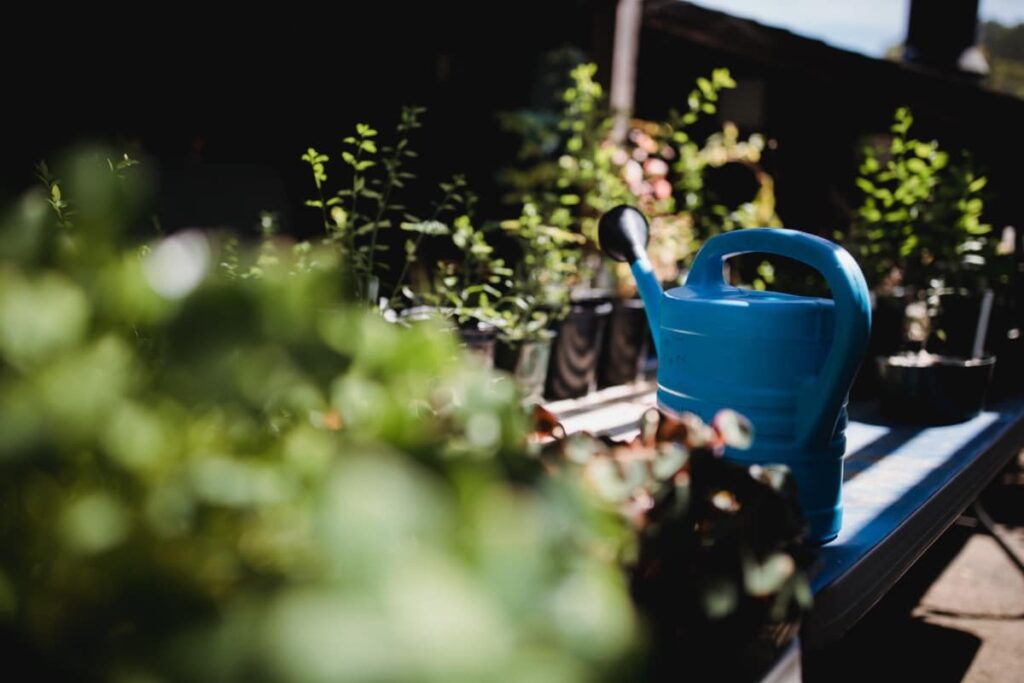
As the sun starts to shine brighter and the temperature rises, it’s crucial to modify your houseplant watering routine to ensure your plants remain healthy and content. Here are some tips to help you water your houseplants during the spring and summer months:
1. Increase frequency
As the mercury climbs, your plants will require more water to stay hydrated. Keep a close eye on the soil moisture level and water more frequently if it feels parched to the touch. However, be cautious not to overwater your plants, as this can lead to root rot.
2. Adjust amount
In addition to increasing frequency, you may also need to adjust the amount of water you give your plants. Some plants may require more water in the summer, while others may need less. Research the specific watering needs of your plants to ensure you’re providing them with the appropriate amount.
3. Use room temperature water
During the warmer months, it’s best to use room temperature water when watering your plants. Cold water can shock the roots and cause damage, while hot water can scorch them. Allowing the water to sit out for a few hours before using it can help it reach room temperature.
4. Consider humidity
Higher temperatures can also mean lower humidity levels, which can be harmful to some houseplants. Consider using a humidifier or placing a tray of water near your plants to increase humidity levels.
By modifying your watering routine for the warmer weather, you can help your houseplants flourish and enjoy a healthy growing season.
Pruning Your Houseplants: How to Promote Healthy Growth
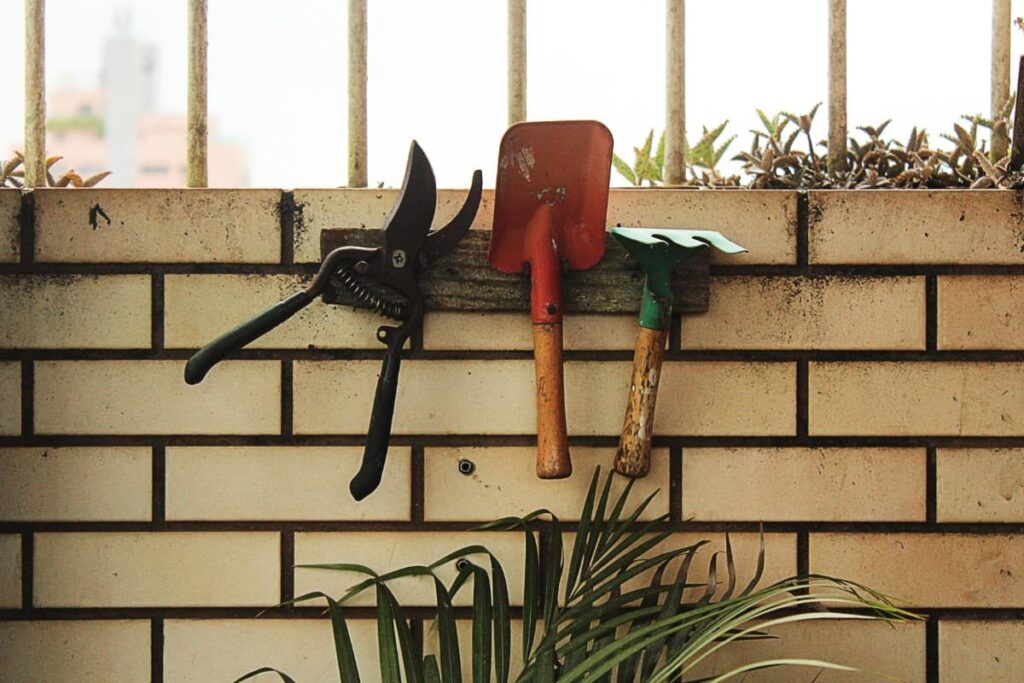
Pruning your houseplants is a crucial step in preparing them for the upcoming spring and summer months. It’s a process that helps to promote healthy growth, remove dead or damaged foliage, and maintain the plant’s shape and size. But how do you prune your houseplants effectively? Here are some tips that will help you get the job done right.
First, before you start pruning, take a close look at your plant and identify the areas that need attention. Look for dead or yellowing leaves, damaged stems, or branches that are growing in the wrong direction. Once you’ve identified the areas that need pruning, make sure you have the right tools for the job. Sharp, clean scissors or pruning shears are essential for making clean cuts that won’t damage the plant. Avoid using dull or dirty tools, as they can cause more harm than good.
When pruning, make sure you cut at the right angle. For leaves, cut at a 45-degree angle just above the node (the point where the leaf meets the stem). For stems and branches, cut at a 90-degree angle just above the node. This will help to promote healthy growth and prevent damage to the plant.
It’s important not to over-prune your houseplants. Removing too much foliage can stress the plant and slow down its growth. Only prune what’s necessary to maintain the plant’s health and shape. Additionally, it’s crucial to prune at the right time. The best time to prune your houseplants is in the spring or early summer when they are actively growing. Avoid pruning in the fall or winter when the plant is dormant, as this can cause stress and damage.
By following these tips, you can effectively prune your houseplants and promote healthy growth. Remember how to prep houseplants for Spring and Summer by allowing new growth to flourish, and your plants will reward you with lush foliage and vibrant blooms all season long.
Pest Control: Preventing and Treating Common Houseplant Pests

As the temperature rises, houseplants become more vulnerable to pests. These pests can be a real nuisance, causing damage to the leaves and stems of your plants, and if left untreated, can even lead to their demise. The most common houseplant pests include spider mites, mealybugs, scale insects, and aphids. But don’t worry, we’ve got you covered with some tips for preventing and treating these pesky critters.
Prevention is key, and there are a few things you can do to keep your plants healthy and pest-free. First, ensure your plants are receiving the right amount of light, water, and nutrients. Healthy plants are less likely to attract pests. Second, quarantine new plants for a few weeks to ensure they are pest-free before introducing them to your other plants. Third, keep your plants clean by wiping down their leaves with a damp cloth or sponge to remove any dust or debris that may attract pests. Last, consider using natural pest control methods such as neem oil, insecticidal soap, or a mixture of water and dish soap to keep pests at bay.
If you do find yourself with a pest problem, it’s important to identify the pest causing the issue. Different pests require different treatments. If only a few leaves are affected, you can simply remove them and dispose of them in the trash. Insecticidal soap is a safe and effective way to treat many common houseplant pests, but be sure to follow the instructions on the label carefully. Neem oil is another natural pest control method that can be effective against many common houseplant pests. Mix the neem oil with water according to the instructions on the label and spray it on your plants.
By following these tips, you can help prevent and treat common houseplant pests, and keep your plants healthy and thriving throughout the spring and summer months. Knowing how to prep houseplants for Spring and Summer will prevent pests get in the way of your green thumb!
Conclusion: Enjoying Your Beautiful, Healthy Houseplants All Season Long

Wow, congratulations are in order! You have successfully prepped your houseplants for the upcoming spring and summer season. It’s no easy feat, but with a little bit of effort and care, your plants will thrive and bring beauty to your home all season long.
But don’t get too comfortable just yet. You need to keep a watchful eye on your plants and adjust their care as needed. As the weather warms up, you may need to water them more frequently or move them to a spot with more sunlight. And let’s not forget about fertilizing them regularly to keep them healthy and vibrant.
It’s not just about the aesthetics, though. Your houseplants provide numerous benefits such as purifying the air and reducing stress levels. So sit back, relax, and enjoy the beauty and benefits of your healthy houseplants all season long. But remember, it’s up to you to keep up with their needs and ensure they continue to thrive. Knowing how to prep houseplants for Spring and Summer across all aspects of care will guarantee great growth for the months ahead!
Frequently Asked Questions
How often should I water my houseplants during the Spring and Summer?
It depends on the type of plant and the environment it is in. Generally, plants need more water during the warmer months, but be careful not to overwater. Check the soil regularly and water when the top inch feels dry.
Should I fertilize my houseplants during the Spring and Summer?
Yes, plants need nutrients to grow and thrive. Use a balanced fertilizer every 2-4 weeks during the growing season. Follow the instructions on the package and be careful not to over-fertilize, as this can damage the plant.
Do I need to repot my houseplants in the Spring or Summer?
It depends on the size of the plant and the pot it is in. If the plant has outgrown its pot or the soil is compacted, it may be time to repot. Look for roots growing out of the drainage holes or soil that dries out quickly. Repotting can be stressful for plants, so do it early in the growing season and be gentle with the roots.
How much sunlight do my houseplants need during the Spring and Summer?
Again, it depends on the type of plant. Some plants prefer direct sunlight, while others prefer indirect or filtered light. Research the specific needs of your plants and place them in a location that provides the appropriate amount of light. Be careful not to expose plants to too much direct sunlight, as this can burn the leaves.
What should I do if my houseplants get pests or diseases during the Spring and Summer?
It’s important to catch and treat pests and diseases early. Inspect your plants regularly for signs of infestation or illness, such as yellowing leaves or sticky residue. Use natural or chemical treatments as appropriate, and isolate infected plants to prevent the spread of pests or diseases.

